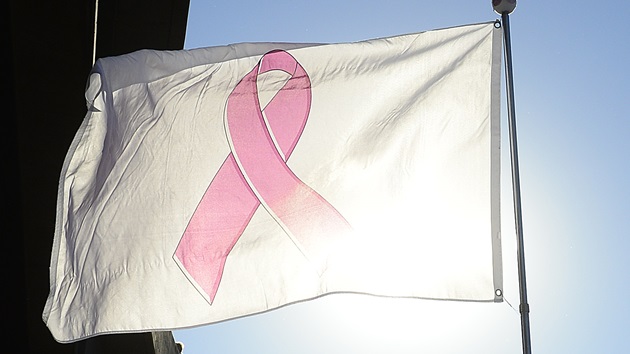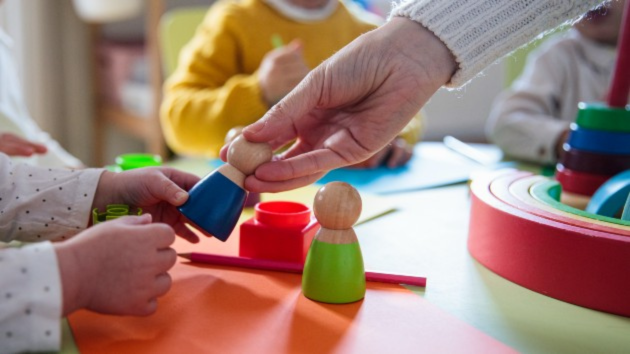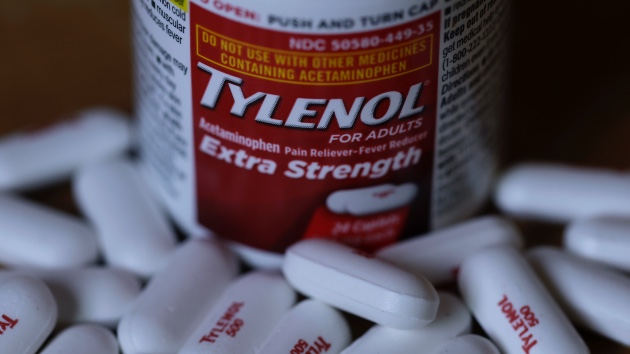Breaking the stigma of painful periods: ‘They should not be debilitating’
Written by luck on November 30, 2021

(NEW YORK) — Period pain is a fact of life for many women, yet many don’t know that what they are experiencing might not be normal.
“When it comes to period pain, a lot of people just don’t know what they don’t know,” Dr. Nita Landry, a Los Angeles-based OBGYN, said. “Which makes sense, because the only period that you’ve ever had is your period.”
In some cases, people may expect their period to be painful based on what they’ve seen on social media or heard repeated in pop culture — that experiencing pain is just part of having a period.
In other cases, it may be because their mom or grandmother or aunt told them that painful periods “are just the way it is” for women in the family, according to Landry.
“It could be that everybody is experiencing period pain that was never properly diagnosed, and it was never properly treated,” Landry said. “So then everybody ends up suffering unnecessarily.”
More than half of women who menstruate have some pain for one to two days of their cycle, according to the American College of Obstetricians and Gynecologists (ACOG).
For most women, the pain is mild, but for others it can be debilitating, which is a sign it’s time to seek help, Landry said.
“Periods are not fun, that’s not really a secret,” she said. “But, they are not supposed to make you miserable either. They should not be debilitating.”
Here are five facts to know about periods and pain:
1. There are different types of period pain.
The technical term for period pain is dysmenorrhea.
Primary dysmenorrhea is the most common type of dysmenorrhea and is caused by natural chemicals in the uterus lining. It is the cramping pain that comes before or during a period, according to ACOG.
Secondary dysmenorrhea is also a recurrent, cramping pain, but it is the result of an underlying medical issue in the reproductive organ.
“For example, if a person has endometriosis, which is where tissue that’s similar to the inside lining of the uterus gets outside of the uterus, or if someone has uterine fibroids, which are benign growths in the wall of the uterus, then those conditions can lead to secondary dysmenorrhea,” Landry said.
With secondary dysmenorrhea, the pain often lasts longer than normal period cramps and can worsen over time.
“When you think about pain with periods and what’s normal, pain can start about a day or so before a woman’s menstrual period starts, but it typically tapers off within two or three days,” Landry said. “If you find that your pain is extending beyond your menstrual period, then that’s not normal.”
2. Period pain is caused by a hormone-like chemical called prostaglandins.
Women experience pain during their periods because of a natural, hormone-like chemical called prostaglandins.
During a menstrual cycle, prostaglandins cause the uterine muscle to contract, which compresses some of the blood vessels that pump blood into the uterus.
“Blood is going to carry oxygen, so when you decrease blood flow to the uterus, you’re going to have a lower level of oxygenation, and, as a general rule, your body does not like to be deprived of oxygen,” she explained. “Whenever you are deprived of oxygen, you can experience pain.”
“So when we think about pain with periods, you have the uterine contractions, the contractions will decrease blood flow, less blood flow means less oxygen and less oxygen translates as pain,” she said.
Some people may naturally produce larger amounts of prostaglandins, which means they will likely experience more pain during their periods, and some people may be more susceptible to pain, according to Landry.
And just because a person has a light period flow does not mean they can’t experience painful cramps during their cycle, she noted.
“Please don’t make the assumption that, ‘My periods hurt, but my flow is not that heavy so it’s not a big deal,'” Landry said. “It’s still a big deal because pain is pain, and who wants to live with period pain if there’s something that can treat you effectively?”
3. Lifestyle habits can make period pain better or worse.
If you do not have an underlying issue, factors like what you eat and how you handle stress can also have an impact on the pain you experience, according to Landry.
“Being under a lot of stress actually makes your period worse,” she said, and, “Fatty foods increase the production of prostaglandins, and that’s going to increase period cramps.”
Smoking can also make period pain worse, because it constricts blood vessels, which decreases blood flow to the uterus, Landry said.
On the other hand, she said, exercise is a lifestyle habit that is helpful in lessening pain during the menstrual cycle, as is getting good sleep.
“A lot of things can come into play when it comes to determining why some people have more painful periods compared to others or even why the same person may experience different levels of pain during their periods from menstrual cycle to menstrual cycle,” Landry said.
4. These are red flags to look for when it comes to period pain.
The biggest warning to look for when it comes to period pain, according to Landry, is how it is impacting your life.
“If you are missing school or if you are missing work or you’re just missing life in general, that’s a red flag,” she said. “That’s not how your period is supposed to be.”
Other red flags include period pain that gets progressively worse or that continues past your menstrual cycle or changes with age.
“If you didn’t have period pain before, but you’re 25 or older and you start to experience a different type of pain, that’s also a red flag,” she said. “Because that could indicate that there’s an underlying issue that developed more recently that needs to be addressed.”
Landry said the most important thing is for women to talk to their health care provider about their period pain.
“If your health care provider tells you that period pain is normal even though you’re missing school, you’re missing work, you’re missing out on life, then talk to another health care provider,” she said, “I don’t want you to suffer unnecessarily.”
5. Period pain can be treated.
For mild period pain, Landry recommends adjusting lifestyle habits such as diet, exercise and stress management and using natural remedies like a warm bath or a heating pad.
Women can also take over-the-counter pain relievers, called nonsteroidal anti-inflammatory drugs (NSAIDs), in the first one to two days of their period to reduce the production of prostaglandins.
Women with bleeding disorders, asthma, aspirin allergies, liver damage, stomach disorders or ulcers should not take NSAIDs, according to ACOG.
Hormonal therapies, like birth control, are also frequently used to treat period pain.
Landry said there is also research to support the idea that some vitamins, including vitamins B and E as well as magnesium and Omega 3 fatty acids, may be helpful when it comes to easing period pain.
Some women also find alternative remedies such as acupuncture and acupressure helpful, too, according to Landry.
“There are so many different treatment options that your doctor can talk to you about,” she said. “Make sure you give them a chance to tell you about all of them before you decide to grin and bear [the pain].”
GoodMorningAmerica.com is tackling a different taboo women’s health topic each month, breaking down stigmas on everything from mental health to infertility, STDs, orgasms and alcoholism.
Copyright © 2021, ABC Audio. All rights reserved.





